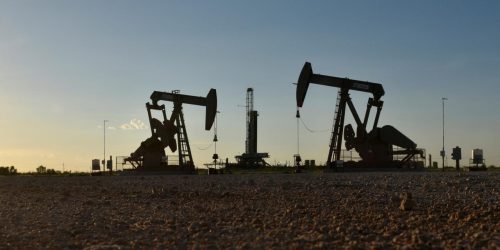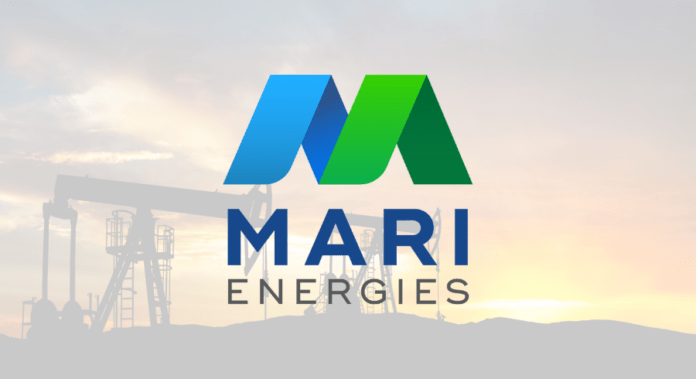Major companies in the oil and gas upstream activities market include Saudi Aramco; Rosneft; Kuwait Petroleum Corporation; ADNOC and Iraq Ministry of Oil.
The global oil & gas upstream activities market is expected to grow from $2635.45 billion in 2020 to $3335.52 billion in 2021 at a compound annual growth rate (CAGR) of 26.6%. The growth is mainly due to the companies rearranging their operations and recovering from the COVID-19 impact, which had earlier led to restrictive containment measures involving social distancing, remote working, and the closure of commercial activities that resulted in operational challenges. The market is expected to reach $4243.14 billion in 2025 at a CAGR of 6%.
The oil and gas upstream activities market consists of sales of crude oil and natural gas by entities (organizations, sole traders or partnerships) that undertake the pre-refining activities of crude oil and natural gas production. The oil and gas upstream activities market is segmented into crude oil; natural gas; oil and gas wells drilling services and oil and gas supporting activities.
Asia Pacific was the largest region in the global oil & gas upstream activities market, accounting for 35% of the market in 2020. North America was the second largest region accounting for 20% of the global oil & gas upstream activities market. Africa was the smallest region in the global oil & gas upstream activities market.
Oil and Gas Wells Drilling Service providers are using seismic technology to map and interpret potential hydrocarbon reserves. 4d seismic technology is used to track the change in the physical properties of the reservoir rocks which are caused due to changes in reservoir pressure, temperature and fluid saturation. It tracks these changes by repeating 3D seismic surveys over time-to-time to create a time-lapse or 4D seismic image. These technology works as a tool to minimize drilling risk and maximize the return on investment. For Instance, some of the major companies using this technology include Statoil, NTNU, and Chevron.
Oil and gas well drilling companies are adopting 3D visualization systems to reduce project cycle times and increase drilling accuracy.3D visualization system generates a 3D model of a wellbore and real-time drilling data to monitor and optimize drilling process. This system facilitates automatic diagnosis of drilling problems and improves and streamlines collaboration by allowing geoscientists and drilling engineers to virtually locate, see, and test drilling sites, resulting in significant cost savings of up to20% and reduction in non-productive drilling time by 20%. These systems are integrated with asset teams by means of software, thus facilitating precise and accurate placement of drill sites. For Instance, some of the major companies offering 3D visualization technology companies include eDrilling, Hexagon, Mechdyne and Landmark.
Oil and gas extraction companies around the world are investing heavily in digital oilfield technology to enhance oil and gas production. Digital oil fields integrate advanced software, hardware, and data analysis techniques to collect real-time data from the oilfield. They consist of visualization, product surveillance, integrated decision making, and remote communication systems. Digital technologies in oil fields include high-performance drill bits, advanced electrical submersible pumps, and 3D seismic imaging and reservoir modelling. Oilfields digitization facilitates efficient utilization of human resources and thus optimizes the profitability of oil production. This technology is changing the competitive landscape with a fact that an increase in production efficiency by ten percentage points can yield an impact of $220 million to $260 million on the bottom-line. According to IHS CERA, digital oilfield implementation leads to increase in oil production by 2 to 8%and reduction in operating expense by 5 to 25%. For Instance, some of the major companies investing in digital oilfields include Noble Corp, Statoil and Apache Corp.






